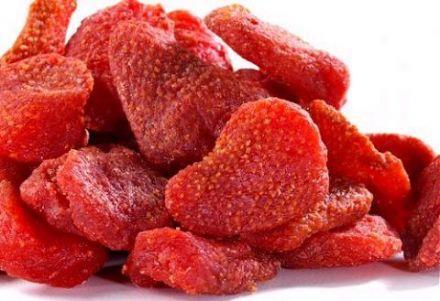How often do you enjoy eating dried fruit and have you ever thought about what is actually in the pack, other than fruit?
Dried fruit is a nutritious and tasty treat, but not all dried fruits are good for you!
As with many items on the supermarket shelf, additives are required to making the product look as good as possible and too give it the longest possible shelf life, that is simply business. We want food that looks inviting.
Dried fruit has been showing up on my Facebook news feed quite a bit of late, unfortunately not for good reasons, but too highlight the unhealthy additives that makes a ‘healthy’ treat, quite unhealthy.
“Is your dried fruit safe?” is a great blog post by Natural New Age Mum , explaining how most dried fruit contains additive 220 (sulphur dioxide) the most common addition used in fruit preservation, and then another one “The Dry Facts On Dried Fruit” is a blog post by Changing Habits, and shows how a little detective work, could have uncovered a little deception.
And then this beautiful picture appeared on my new feed…..

I used to have one of those dehydrators, and used it successfully a few times, but it was a bulky item, that took up valuable real estate in a kitchen cupboard, and in one of my decluttering frenzies, we parted ways. I then read an article years ago about using the oven, tried it and it worked!
DIY DRIED FRUIT IN THE OVEN
Step 1 – Preheat your oven to the lowest temperature setting.
Step 2 – Prepare the fruit, by slicing thinly and placing on baking trays in a single layer. Fruit that you normally do not eat the skin of, such as banana’s, kiwi fruit, etc. should be peeled first.
Step 3 – Fruit that is light in colour, will tend to go dark brown as it dries. You can reduce the discolouration, by brushing each slice slightly with a little lemon juice before placing on the baking tray.
Step 4 – Bake in the oven with door slightly ajar to allow air to circulate (I use a wooden spoon handle) and bake the fruit until it is dry and has a leathery feel. Rotate the trays regularly to ensure even cooking. You can do different fruits at one time, some may just take longer than others. 2 – 4 hours is how long it normally takes to dry most produce.
Step 5 – Allow the fruit to cool completely before storing in air-tight containers. You can also freeze small portions in zip-lock bags if you want to keep the fruit for an extended time.
Whilst this is a healthy version of dried fruit that is additive free, being deydrated means that this produce is dense in sugars and therefore kilojoules, so eating excessive amounts is not good for the waistline.
Use your dried fruits by adding them to cakes, biscuits, salads and cereals. Boil for a few minutes in fresh orange juice and thicken with a little cornflour/water mix to make fruity sauces.
Have you ever made dried fruit and which is your favourite?

Thanks for linking up Nikki! and how great do those strawberries look!!
We dried apple slices once as a science experiment. Also tried sun-drying grapes to make raisins, but not too successfully. Thanks for the tips. I may try this again!
Nikki…great tips…I never would have thought that I could make my own dried fruit via the oven. Will have to try it some time …thanks 🙂
Thanks for the tips! I’m going to try this!
Wow…why did I never think of this? I love dried fruit and as I had my bowl of cereal this morning I was wishing I’d remembered to buy some the last time I went grocery shopping. Now I can’t wait to try this. Thanks for sharing.
This is really great. My kids love dried fruits.
Thanks!
Thanks Nikki for the DIY instructions. It’s been a long time since I’ve dried anything and it was a great refresher. BTW – banana chips are my fav! 🙂
Lynn Spiro